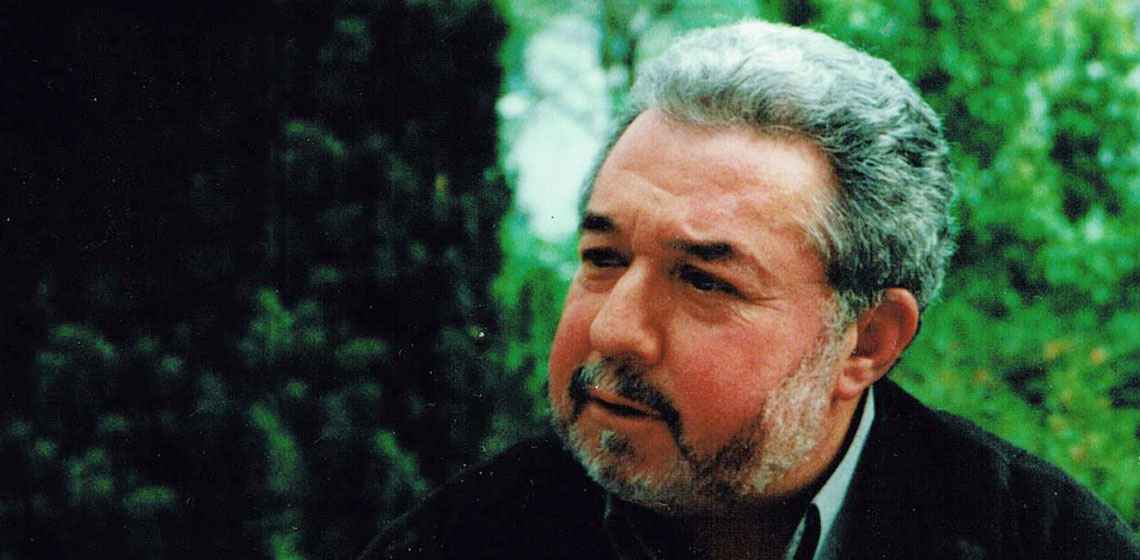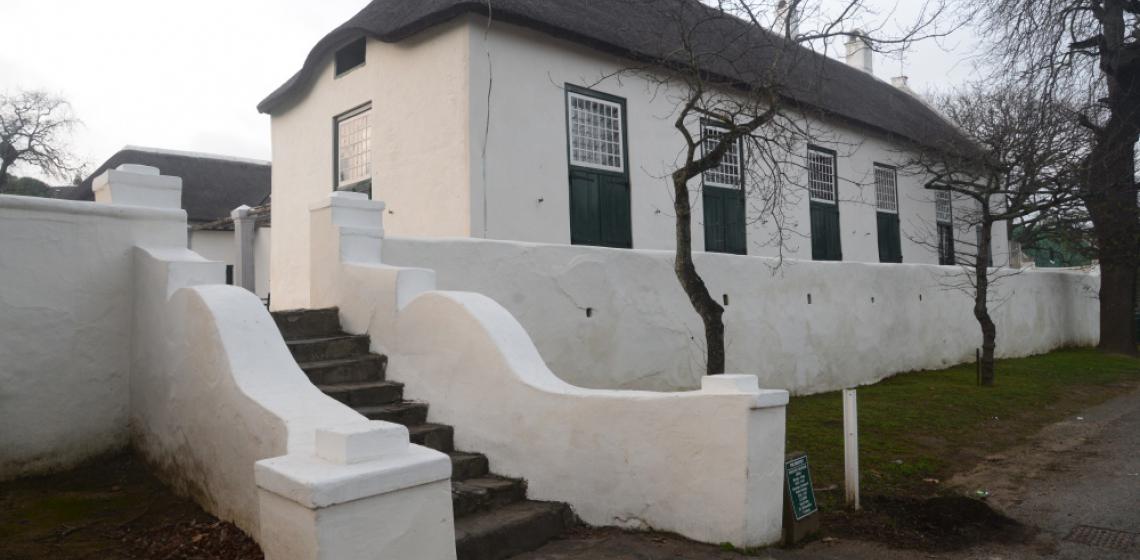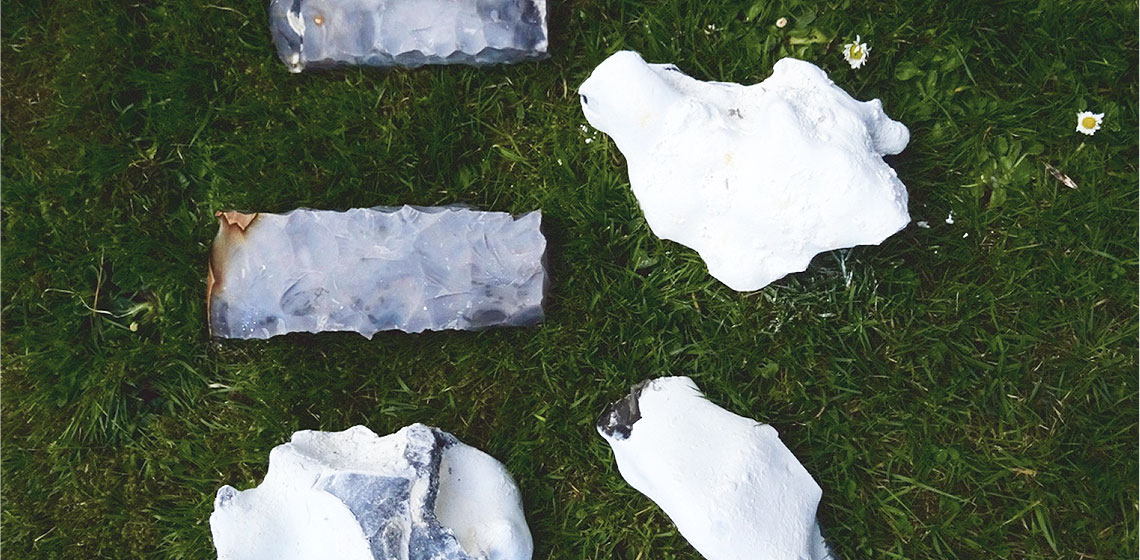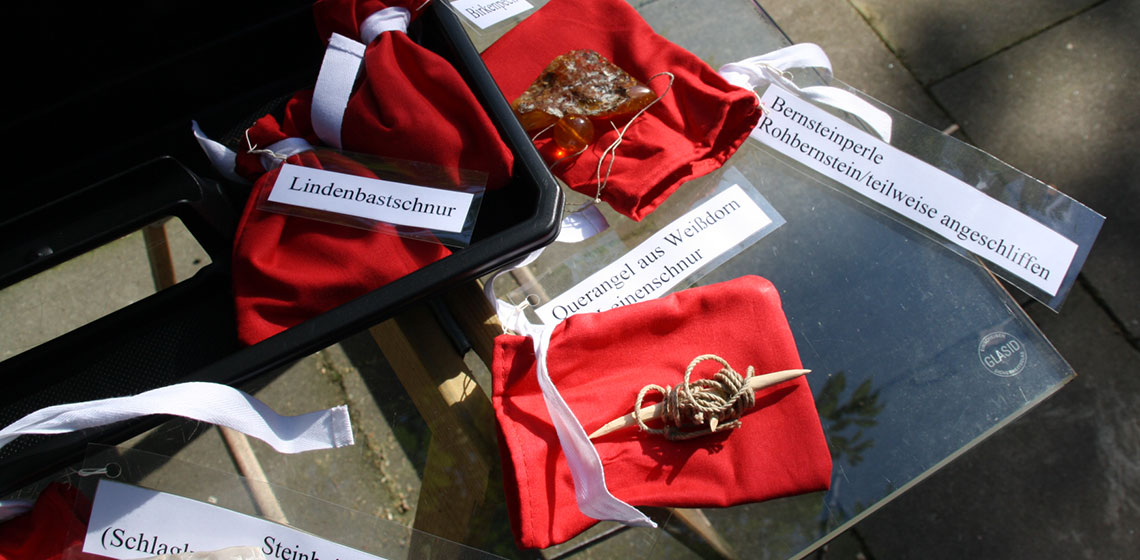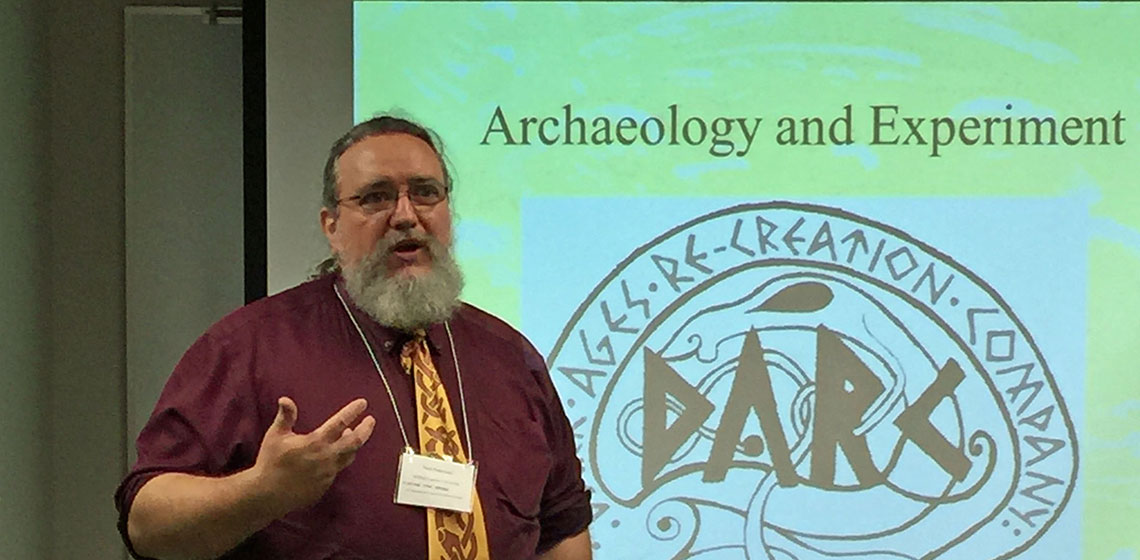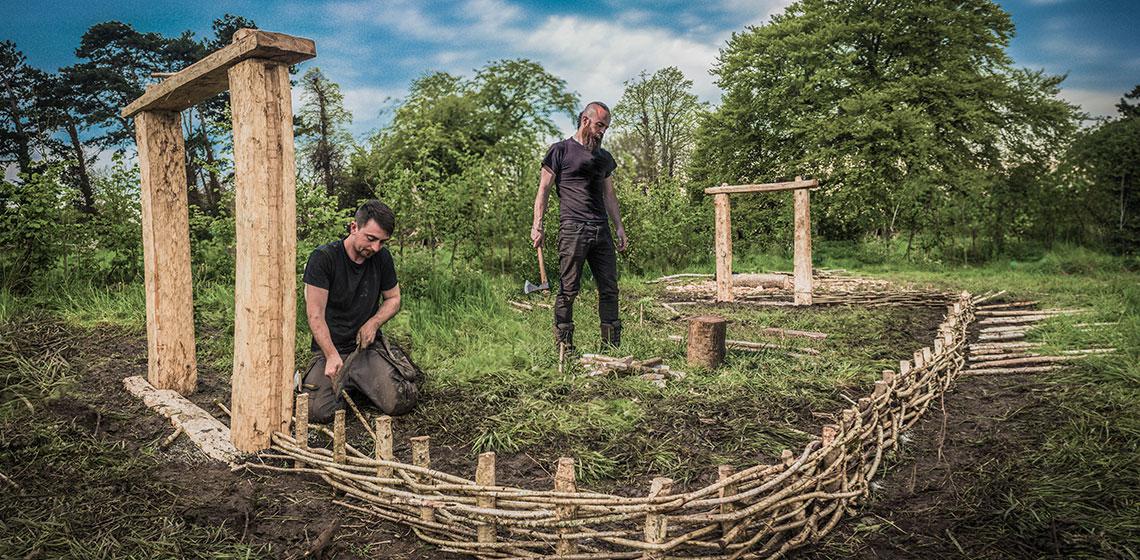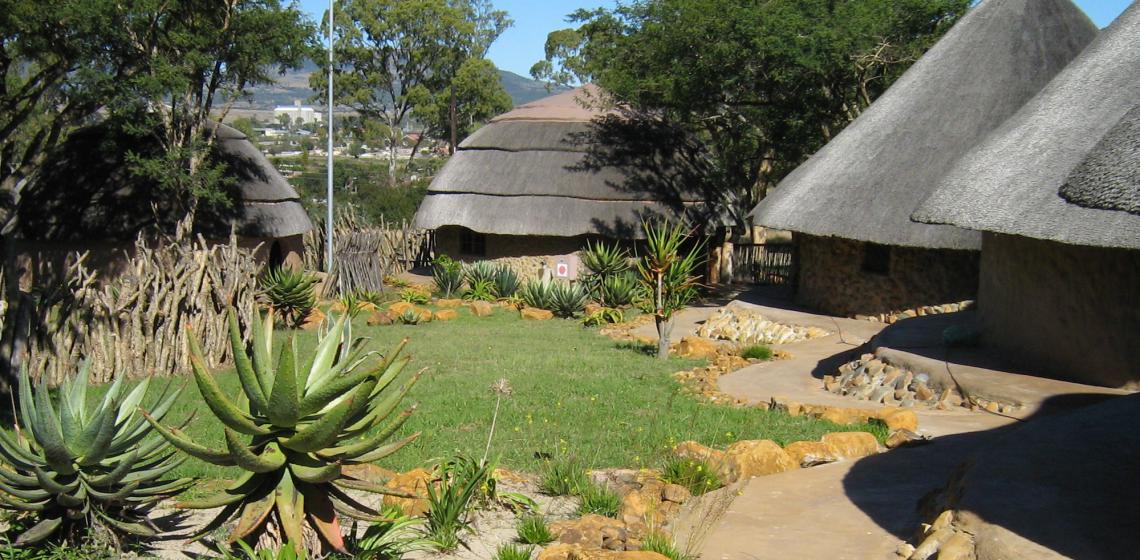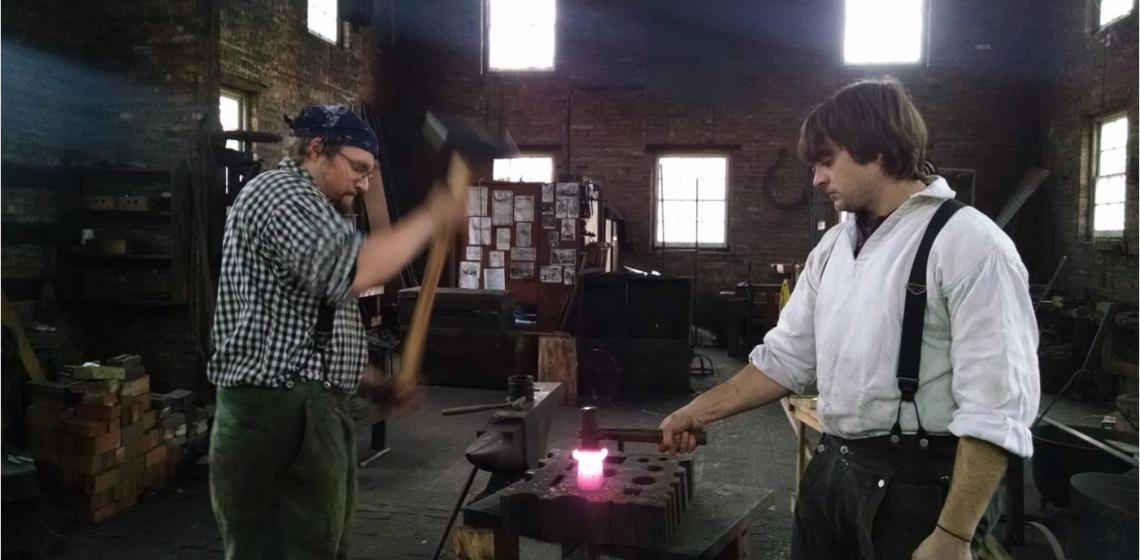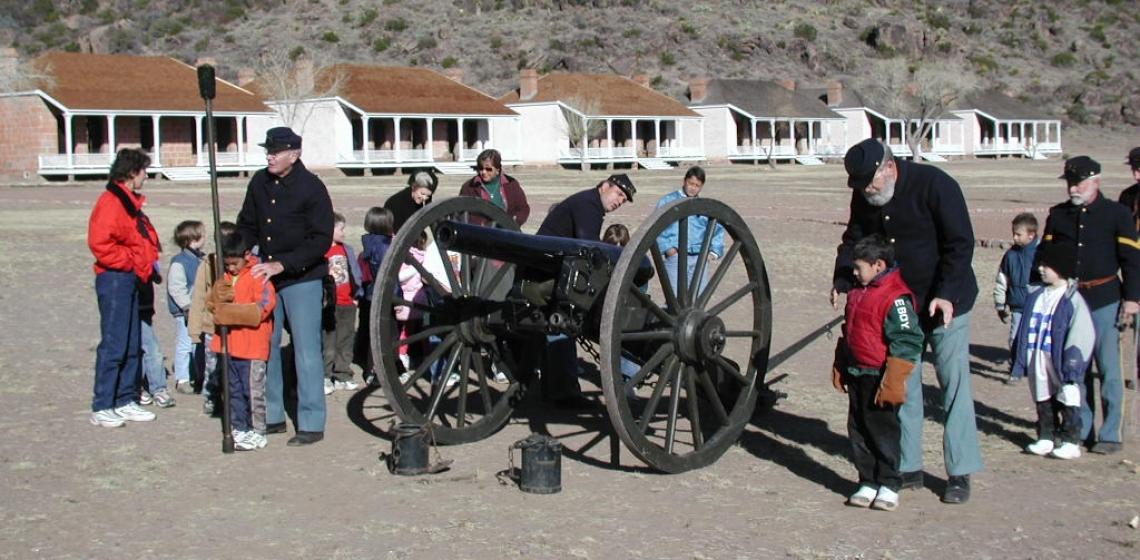Newest Era
Drostdy Museum (ZA)
The Drostdy was built by the Dutch East India Company in 1747 to serve as residence and official headquarters for the Landdrost. Soon after a gaol, a house for the secretary, a mill and various outbuildings were erected.
The first Landdrost to be appointed to this district was Johannes Theophilus Rhenius and he was assisted by a board of burger heemraden and subordinates like secretary and a gaoler as well as many slaves. From 1827 the Drostdy was occupied by the civil commissioner who, with the resident magistrate, replaced the board of Landdrost and heemraden when they were abolished by the British colonial government.
Recycled Flint Cores as Teaching Tools: Flintknapping at Archaeological Open-Air Museums
A Different Look at the Past - a Tour with Objects at the Archaeological Open-Air Museum Oerlinghausen
Visual Aids for Presentations
How to make Yours one of the Good presentations
UCD Centre for Experimental Archaeology and Material Culture (IE)
The Centre for Experimental Archaeology and Material Culture (CEAMC) at University College Dublin, Ireland, established since 2012, is one of the only specifically designed and dedicated, on-campus university facilities in the world for experimental archaeology and material culture studies. It supports research projects, innovative teaching, and public outreach activities, so as to enable the creation of a better understanding of the nature and role of crafts, technologies and materiality in people’s lives in the past.
Talana Museum, Battlefield and Heritage Park (ZA)
Named after the hill at the base of which the museum is situated, "Talana" meaning "the shelf where precious items are stored" is a most appropriate name for this large and varied museum. Started in 1979 to commemorate the Anglo Zulu war, the small collection moved to the present site at the beginning of 1983.
A 20-acre section of "Dundee" farm, bought in 1982, for the development of a museum to commemorate the centenary of Dundee, included the home and farmstead of one of the founders of the town, the site of the first coal mining activity in this area and portion of the Talana battlefield. Since then the museum has expanded to include more of the original battlefield and Smith farm and now has 42 buildings.
The Historic Village at Allaire (US)
The Historic Village at Allaire is a living history museum that interprets the Howell Iron Works Company founded in 1822. The museum demonstrates historic crafts such as blacksmithing, hearth cooking, carpentry, tinsmithing, and many others...
The Historic Village at Allaire is a living history museum that interprets the Howell Iron Works Company founded in 1822. The museum demonstrates historic crafts such as blacksmithing, hearth cooking, carpentry, tinsmithing, and many others.
Fort Davis National Historic Site (US)
A key post in the defence system of west Texas, Fort Davis played a major role in the history of the Southwest. From 1854 until 1891, troops stationed at the post protected emigrants, freighters, mail coaches, and travellers on the San Antonio-El Paso Road. Today Fort Davis is one of the best remaining examples of a frontier military post. It is a vivid reminder of the significant role played by the military in the settlement and development of the western frontier...
A key post in the defence system of west Texas, Fort Davis played a major role in the history of the Southwest. From 1854 until 1891, troops stationed at the post protected emigrants, freighters, mail coaches, and travellers on the San Antonio-El Paso Road. Today Fort Davis is one of the best remaining examples of a frontier military post. It is a vivid reminder of the significant role played by the military in the settlement and development of the western frontier.

